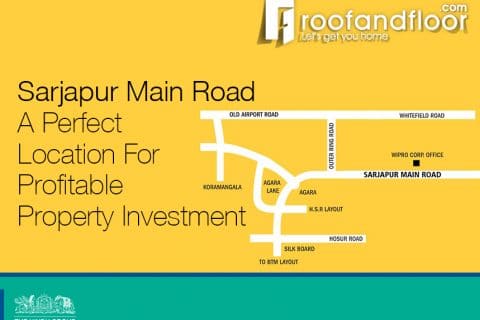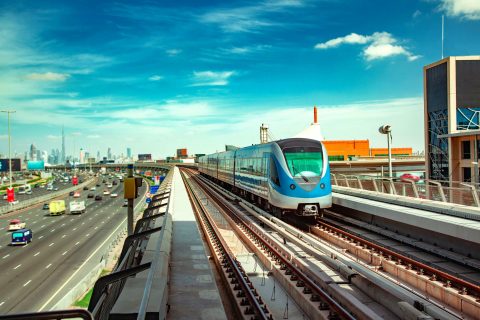A property in an established locality vs in an upcoming hotspot – which is better? Investing in properties in established locations may sound safer, but this approach is not always the right way to go. We find out why.
Investing in established localities
This is the tried and tested approach to investing. And why is that?
Infrastructure development: The social and civic infrastructure in these localities is already in place, and although property prices in established localities are high, there are still advantages to investing in such places.
Limited supply of land: Land in established localities is already limited. Oversupply and a glut of unsold inventory are highly unlikely. Thus, the limited supply will always keep the demand high.
And what about the disadvantages of investing in established locations?
Saturation: In established localities, the infrastructure and real estate development would have saturated. This leaves little scope for further development and consequently, fewer options while buying a home.
Cost: The cost of buying property is very high in established localities. Therefore, it will take much longer to break even and start earning a significant profit.
Investing in emerging localities
Investing in emerging localities has several advantages that can help you make your investment profitable.
Ample availability of land: The extent of land available in an emerging locality is higher in comparison to the more developed ones. Thus, there is more scope for development.
Low entry point: Since these markets are not well-developed yet, the entry point is always lower.
Ideal for long-term investors: Once the infrastructure is developed, you can earn strong capital growth. However, your investment horizon should be anywhere between 4-6 years.
The connectivity quotient: While investing in an emerging locality, consider the connectivity. If the property is located close to the airport, Metro station, highway, or any other local transport hub, it will lead to more demand. A classic example of this is Hebbal in Bangalore. Located near Airport Road, it connects Bangalore to Hyderabad. It also happens to lie on the Ring Road, which further connects it to Chennai. Naturally, the property prices here are high and the area suitable for property investment.
Thus, do a thorough research about the existing and upcoming infrastructure projects in the area.
What about the downsides of investing in emerging hotspots?
Higher risk: While several infrastructure projects are announced every year, very few turns into reality. There is always that risk in an emerging locality as it essentially banks upon upcoming infrastructure projects.
For example, you may invest in a locality after being convinced about its growth story due to some project announcement. However, this growth story could snap much earlier than you expected and the property values may remain stagnant or move downwards after that. That would reduce the demand for properties in that locality, resulting in a meagre return on investment.
The conclusion
Interestingly, there is no definite answer to this debate of established versus upcoming locality. Both have their pros and cons.
The best approach, however, is to know your purpose of investment. If you are buying for self-use, then an established locality might be a better option as the infrastructure is already in place.
And if you are looking for an investment with a horizon of 4-6 years, then you can try your luck with an emerging locality.

Further reading:
Neighbourhood Features to Look for if You’re Starting a Family





